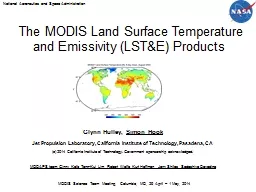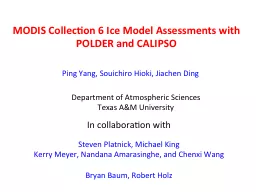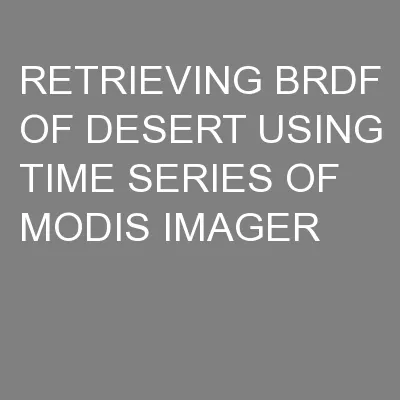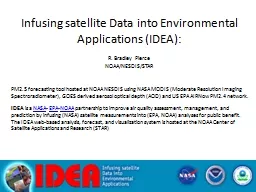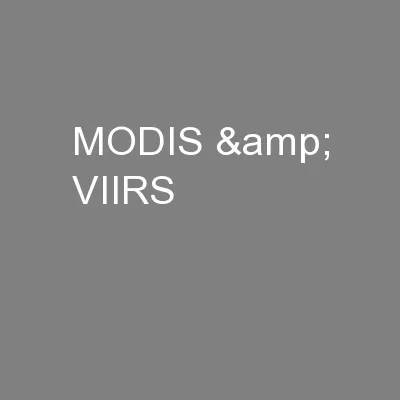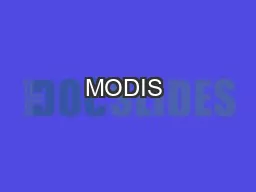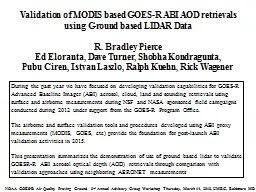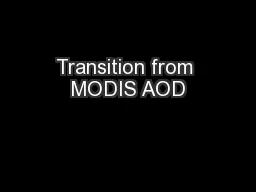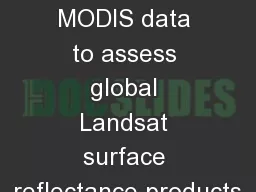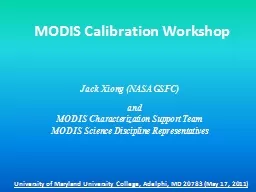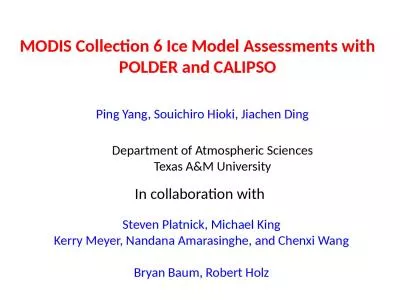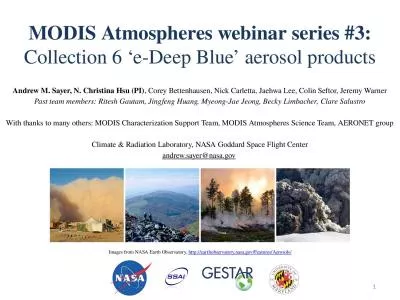PPT-The MODIS
Author : lindy-dunigan | Published Date : 2016-04-04
Land Surface Temperature and Emissivity LSTampE Products Glynn Hulley Simon Hook Jet Propulsion Laboratory California Institute of Technology Pasadena CA
Presentation Embed Code
Download Presentation
Download Presentation The PPT/PDF document "The MODIS" is the property of its rightful owner. Permission is granted to download and print the materials on this website for personal, non-commercial use only, and to display it on your personal computer provided you do not modify the materials and that you retain all copyright notices contained in the materials. By downloading content from our website, you accept the terms of this agreement.
The MODIS: Transcript
Download Rules Of Document
"The MODIS"The content belongs to its owner. You may download and print it for personal use, without modification, and keep all copyright notices. By downloading, you agree to these terms.
Related Documents

